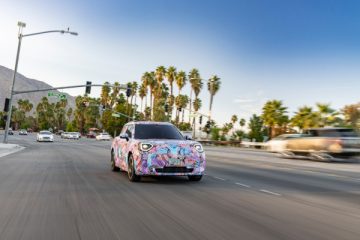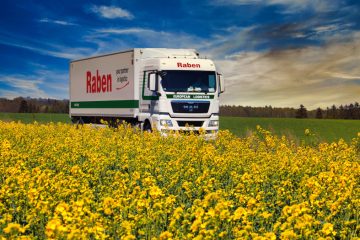 · Ford saves a production step along with 2,700 gallons of diesel fuel, and cuts both carbon dioxide and volatile organic compound (VOC) emissions by eliminating the need to paint an interior trim piece
· Ford saves a production step along with 2,700 gallons of diesel fuel, and cuts both carbon dioxide and volatile organic compound (VOC) emissions by eliminating the need to paint an interior trim piece
· Ford saves 50 percent on the cost of window switch surround
· BASF Corporation creates all-new resin that allows Ford to skip the clear-coat paint on high-touch interior trim piece
Can the trim around a window switch save thousands of gallons of fuel?
It can if it was specified by Ford engineers.
The window switch surround in the new Ford Fusion saves 2,700 gallons of diesel fuel usage and nearly 60,000 pounds of carbon dioxide emissions annually.
Traditionally, molded plastic pieces have been painted with a high-gloss finish to deliver both fashionable design and tough-as-nails durability that customers demand. But thanks to a new breakthrough in materials from supplier BASF, Ford is able to skip that step, thereby saving cost and reducing the environmental impact during production of the 2013 Ford Fusion.
If clear-coat paint had been used on these particular parts with the new Fusion, it would have required Ford’s supplier to ship parts from Kalamazoo, Mich., to Grand Rapids, Mich. This added step would have involved fueling and operating a fleet of trucks that emit tons of carbon dioxide, and subsequently applying a high-gloss finish to the parts that would then emit VOCs into the atmosphere. By creating a new resin that is mar-resistant, this entire step was eliminated.
Here’s how it works: The round trip between the plastic part molder in Vicksburg, Mich., and the painter in Grand Rapids is 128 miles. It takes roughly 18 gallons of diesel fuel for the transport truck for each trip. The trip is made three days a week, which requires 54 gallons of fuel. Presuming 50 weeks per year of production, this means Ford is saving 2,700 gallons of diesel and eliminating 59,400 pounds of CO2 from Fusion production each year.
All of this from changing the material in the trim around the window switches.
The innovation shows that when it comes to reducing costs and the environmental impact of auto manufacturing, it’s not one thing. It’s everything.
As consumers have come to expect high-quality, premium plastics in their vehicles, automakers and suppliers have worked to create materials that not only look and feel great, but also hold up to the constant wear and tear on a vehicle’s interior surfaces, especially those parts that are constantly being used by customers.
“We need to leave no stone unturned in our continuous quest to make auto manufacturing as environmentally friendly as possible,” says Robert Bedard, Body Interior Core Engineer for Ford. “This improved resin saves Ford significant dollars, but it also helps eliminate VOC from being released into the atmosphere, since the application of clear-coat paint is no longer required.
“As is so often the case with manufacturing, going green means saving green,” Bedard adds. “We cut fuel usage, VOC and carbon emissions, and we save 50 percent on the cost of these parts alone.”
More information regarding the 2013 Fusion, on sale now, can be found at //www.ford.com/cars/fusion/2013/.




